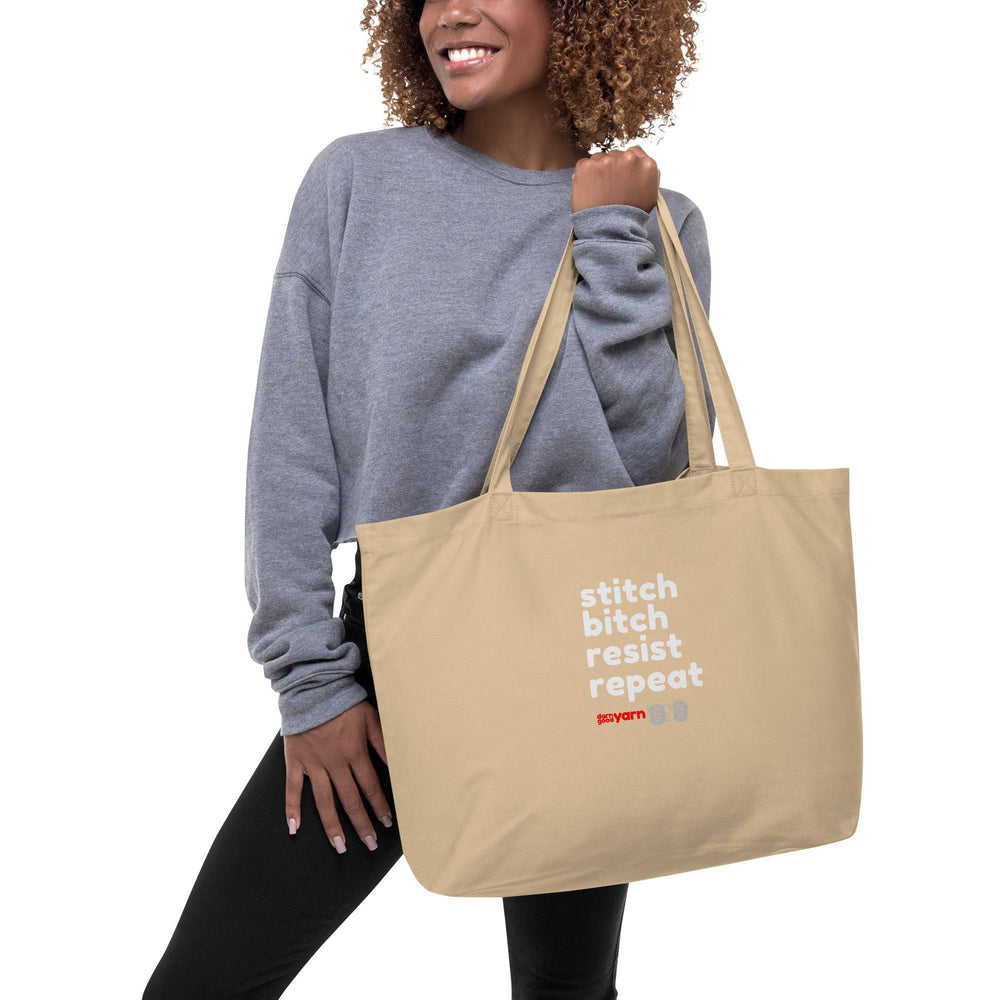Written by Michaela MacBlake Matthews
The Mind And The Hands

In Part 4, we covered the mind and strategy:
“The mind is responsible for how we get things done, and when it can learn to obey the heart’s mission, it is a powerful force. It streamlines our strategy, learning, and time management. It recognizes our resources, and arranges everything in the microcosm of our lives to the best of its ability.”
In Part 2, we covered the hands and action:
“The hands link to what we do, even subconsciously. People use hand gestures to hold onto thoughts mid-conversation, to expel anxieties from hidden beneath desks, and so on. We each have our preference in handshake firmness, and how we hold our cups or mugs. If we are extremely angry, most people will slam a door rather than kick it.”
So… The mind and the hands are natural collaborators. They get along just fine, right?
…Usually.
The two are like siblings, really. They’re very close! They know each other well… and when they fight, they break lamps.
The Mind

The mind, our sense of how to do things, can become absolutely defunct when the hands don’t know how to cooperate. (It’ll often throw a tantrum and go tattle to the heart, too.) If you’ve ever tried to learn how to play an instrument, draw, knit, beat a video game, or drive a stick shift… then you’ve probably been there: the rage-quit.
When the hands don’t understand the mind’s direction, the same feeling of fragmentation and dis-ease that you would get from a heart-mind split comes barreling in. Conflict is conflict, and when our mind-body doesn’t align, our expectations go against the grain of reality, and the frustration can be so intense that we stay stuck in our comfort zones for decades.
As humans, it isn’t so much that we don’t like new things. Rather, we don’t like feeling as though we’re not ourselves. When we sit comfortably, doing what we know and what we’ve come to be good at, we see ourselves as capable. Logically, we know that we learned all of these things at some point in the past, but that was then. We were good learners, but it’s been awhile.
Now, if we open ourselves up to an awkward beginning, we might have to tweak our view of self to include a less-sleek, possibly even struggling category.
That temporary dip in self image is a slingshot, the risk before the reward. Not only is it worth the discomfort, but it can also be made easier with one simple trick:
After you’ve fumbled with something new, go soothe your mind by doing something you are already good at. This will help ground the ego, and lend some familiarity toward a stable, gradual path to growth.
The Hands

While knowledge without dexterity can feel like a break in self, skill without inspiration can feel like a lack of self altogether. When the hands are ready to go, but the mind has wandered too far from their reach, we end up facing the dreaded artist’s block. To reel the mind back in, creative prompts can be a life saver:
- Use scraps and discarded materials
- Recreate an old favorite design with a new take
- Pick a single color and use the entire rainbow except that one, etc.
Creative blocks can come and go on their own, but they might just be the check engine light for your mental and emotional health, so it can be helpful to keep a simple rainy day project going, something you can pick up at any time.

 Rewards
Rewards





















